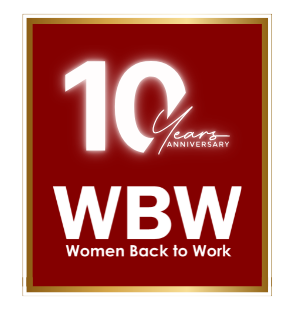How to advocate for diversity and inclusion in workforce
The meanings of diverse and inclusive work environment continue to develop. Diversity is not only about having people of different skin colors or ethnicities at work, as these terms are not simple. Also, diversity does not mean only offering empty talk to fair treatment and equivalent possibility.
It’s rare to find any organization, big or small, without some efforts towards diversity and inclusion.
Let us understand how to advocate for diversity and inclusion in the workplace.
Stage 1: Utilizing data to advocate for diversity
Some senior leaders may view diversity and inclusion as unnecessary or not beneficial for the company, despite evidence suggesting otherwise.
As the change creator, you need to understand diversity and inclusion. You should promote these values in your organization and address any common misunderstandings while improving diversity.
Stage 2: Unconscious bias and sensitivity training
We are responsible as an individual to help in advocating for diversity equity and inclusion. Many of us are unaware of our biases. Moreover, even if we possess knowledge about these issues, we might lack the necessary skills to address them effectively. Alternatively, we might simply view them as ordinary occurrences, which could ultimately harm the overall well-being of the workplace.
Beside unconscious bias, individuals might say or cause things unwittingly that cause damage to others as negligible hostilities and microaggressions.
To guarantee consideration, you need to officially present preparation programs presented by outsiders that sidestep the issue of hierarchical bias.
To teach sensitivity training in the face of uncertainty, one approach is to include it as part of overall soft skills. These soft skills can include communication and compromise.
Stage 3: Creating a more inclusive culture
In an inclusive culture, everyone believes they can contribute, express themselves, receive equal treatment, and exist in a safe environment.
Transforming a hierarchical culture is always a significant endeavour, requiring adjustments at both the individual and organizational levels.
Stage 4: Carrying out new organization arrangements that ensures diversity in workplace
Notwithstanding society, you should make and carry out organization arrangements that fortify diversity and consideration. Having strategies is important as they provide structure and direction for your team, going beyond just social factors. They likewise build up your obligation to your diversity drives.
Stage 5: Recruiting and hiring process
Broadening your workforce can happen assuming that you enlist from diverse gatherings. To achieve this, you can eliminate bias in hiring and reach out to a wider range of diverse groups.
Stage 6: Going past character and promoting inclusive culture
While considering diversity, individuals ordinarily ponder orientation, people of color, sexual orientation, capacity, veteran status, religion, and ethnicity. These elements are significant and will bring about diverse points of view and perspectives. With regards to the moral and sensible case for diversity, there are components past character that you ought to consider.
For business pioneers with worldwide desires, diversity and consideration will be a vital instrument to connect with growing business markets. Organizations, for example Intel, binds leader pay to diversity targets.
If your business does not have inclusive and diverse strategic policies, it will face difficulties in competing. The global population’s expected growth to 9.7 billion by 2050 will cause this.
Many organizations have focused on diversity, value, and incorporation in recent years, but there is still room for improvement.
Different groups improve worker commitment and efficiency. They also have better critical thinking skills. This is because they approach business challenges from different perspectives.
The exploration that diversity in the work environment powers development and monetary execution keeps on piling up. Some studies found that organizations with good diversity strategies did well and were strong during the 2008 financial crisis. The justification for this is clear: more diverse organizations have more noteworthy degrees of development.
Join Women Back to Work today to achieve your goals of diversity and inclusion in the workplace.
